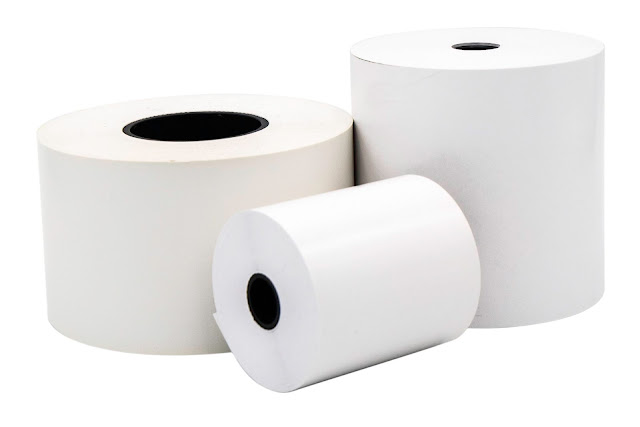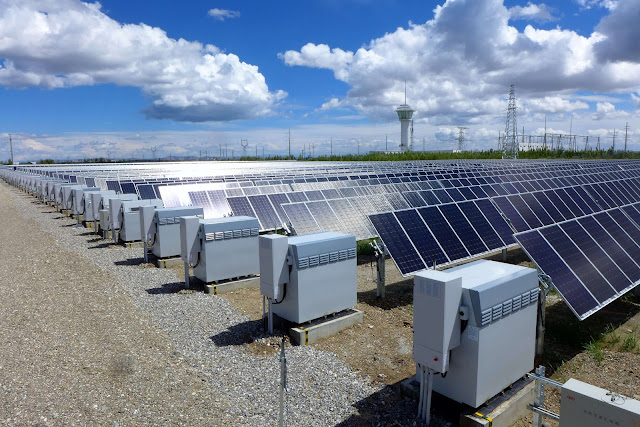The Growing Popularity of Linerless Labels: What You Need to Know

Linerless Labels
Linerless labels, also known as
liner-free labels, are labels without a backing paper or liner, in contrast to
ordinary labels. Liners often contain a release layer that makes it simple for
labels to readily peel away without damaging the adhesive beneath them, allowing
them to still stick to things like boxes and envelopes. In contrast, linerless
labels include a silicone release coating on the top layer and a unique
adhesive that makes it possible for them to peel away from the labels below.
Linerless labels may virtually serve as their own liners thanks to the silicone
covering.
There are several labelling
choices available on the market, ranging from conventional labelling employing
pre-cut, liner-backed labels to linerless labelling solutions.
Without a liner, linerless
labels are pressure-sensitive labels that are created with a silicon top
coat to guarantee that the labels separate from one another. The labels are able
to be coiled on a roll without the adhesive clinging to the label below it
because they have a specific release coating applied to the label's face.
Advantages of Linerless labels
Less waste is one of the key
advantages of linerless labels. An adhesive, a liner, and a face material make
up conventional labels. The liner is thrown away once the label has been
placed, creating a substantial amount of waste. As linerless labels don't need
one, this waste is completely eliminated. Linerless labels are an eco-friendly
option for businesses aiming to lower their carbon footprint and promote
sustainability due to the decrease in waste they produce.
Linerless labels are superior to
conventional labels in terms of efficiency as well as the environment. They may
be printed in longer rolls since they don't have a liner, which lessens the
number of roll changes that need to be made during production. This helps
businesses print more labels in a shorter amount of time and improves
production efficiency.
The fact that linerless labels
are less expensive is another benefit. Although the initial cost of the label
material may be more than that of conventional labels, the ultimate cost is
frequently lower as a result of the decreased waste and better efficiency.
Moreover, linerless labels' longer rolls mean fewer roll replacements are
necessary, which means less downtime and lower labour expenses.
Challenges in Linerless labels
Linerless labels do have certain
disadvantages, despite their many benefits. Their adherence is one possible
concern. The adhesive needs to be strong enough to hold the label in place
without the assistance of a backing material because they lack a liner.
Especially when identifying curved or uneven surfaces, this might be difficult.
Nevertheless, improvements in adhesive technology have recently made this less
of a problem.
The compatibility of linerless
labels with label applicators presents another difficulty. The additional roll
length or lack of a liner may be too much for certain label applicators, even
though some are made expressly for linerless labels. This may restrict their
use in particular fields or uses.



Comments
Post a Comment